

Designation:HR-32 Hovercycle |
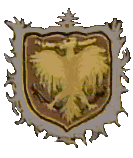
|
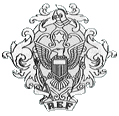
|
|||
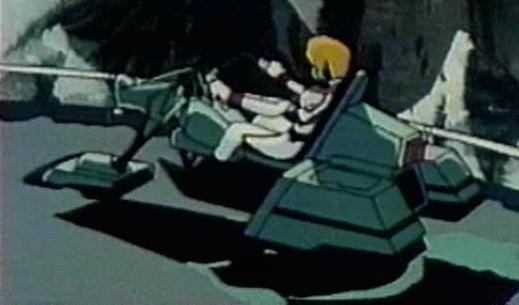
|
|||||


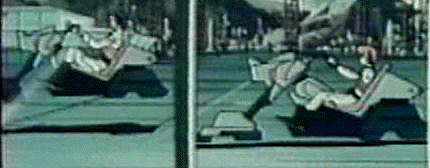

The HR-32 is made up of light ceramic/composite materials capable of providing fair protection against small arms fire, and good protection against small grenade and shell fragments. This body provides virtually no protection against heavier infantry weapons and mecha-mounted weapons, such as a 12.7mm machinegun round and the Zentraedi 22.3mm HE autocannon round. The pilot is unprotected from the environment.
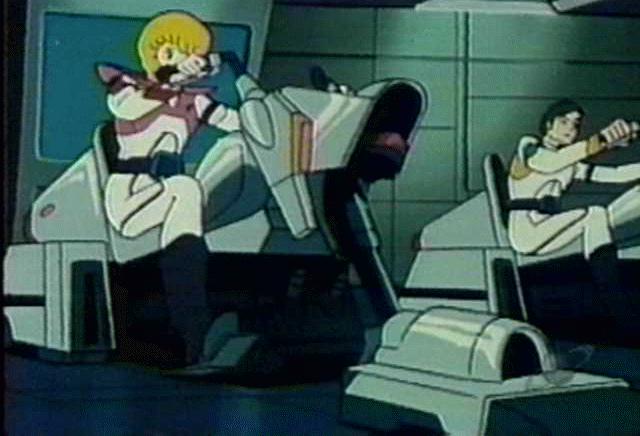
The Southern Cross command needed a personal vehicle for low-risk reconnaissance and policing of the populous. The Brasilia Design Works convinced the high command that hovering vehicles provided many advantages for protectors of the war-scarred earth. Hover vehicles did not have to rely on smooth roads for high speed transportation. Many of the roads throughout the world were destroyed by the Zentraedi Holocaust and precious resources were better spent rebuilding the pockets of civilization than roads to inconnect them to each other and the wastelands surrounding them. For low-risk reconnaissance, it was better to maximize the area to be covered by providing a small vehicle for each trooper. This led to the concept of the hovercycle.
The hovercycle is the mainstay form of personal transportation for the Southern Cross troops. These cycles were used extensively for reconnaissance and patrol duties. All ground forces utilized this popular vehicle. Their total lack of armor tended to discourage its use on the battlefield, but it is an effective vehicle to transport personnel rapidly among the rear eschelons. The conventional internal combustion engine was selected for low cost and because the protoculture engines were reserved for more combat effective vehicles in the ASC arsenal.
Since the hovercycle isn't a front line combat vehicle, many of these survived the wars and they can still be found today throughout Earth's regions. However, their complex and difficult to maintain hover jets limited their broad use on post-invid invasion Earth.
The REF adopted this cycle in limited quantities for all-terrain reconnaissance by its Army and Marine forces.
Return to RDF Auxiliary Vehicle Index
Go to Robotech Reference Guide Home Page.
Robotech (R) is the property of Harmony Gold. This document is in no way intended to infringe upon their rights.
Design and HTML by Robert MorgensternCopyright © 1997 Robert Morgenstern, Peter Walker, Pieter Thomassen
Last Updated: Sunday, December 21, 1997 10:31 PM